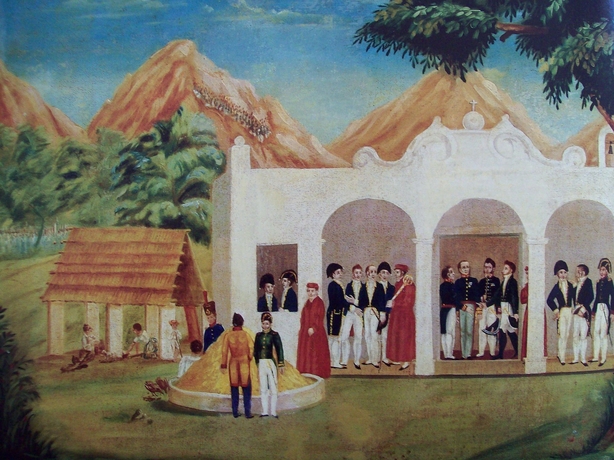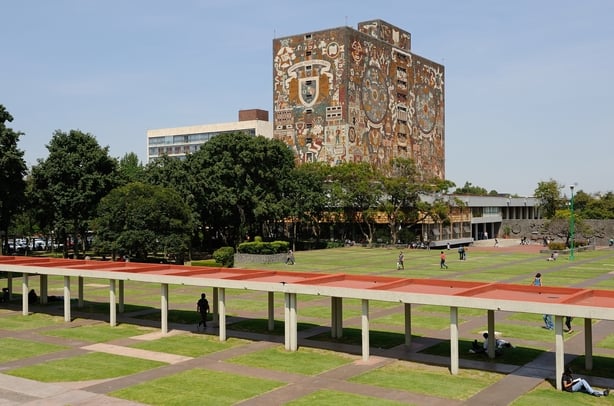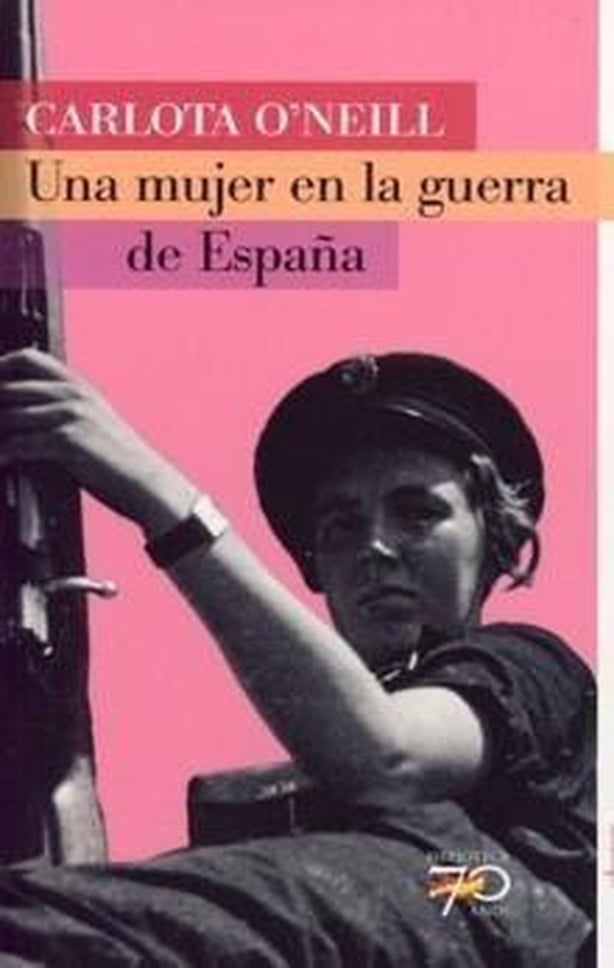Analysis: You'll find Irish backgrounds in many parts of Mexican life, from the Wexfordman who inspired Zorro to the artist Juan O'Gorman
The high levels of emigration from Ireland for centuries have resulted in an estimated 80 million people around the world with Irish ancestry. Many Irish people settled in Spain and Latin America through this process. This migration allows us to trace connections between Mexico and Ireland since the Spanish colonisation of the Americas and how people of Irish origin have contributed to Mexico's history and culture.
You may already have heard about St Patrick's Battalion, which joined the Mexican army during the Mexican-American war (1846-1848), but here are some other people worth knowing about.
El Zorro
The true story of El Zorro dates back to the 17th century to William Lamport, a Wexford Catholic who rebelled against the King of England. Many years later, he was sentenced to death by the Inquisition for spiritual and political crimes against the Spanish colonial power. He is known as one of the precursors of Mexican Independence, who plotted a rebellion against Spain almost 200 years earlier and has a statue in his honour in Mexico.
We need your consent to load this rte-player contentWe use rte-player to manage extra content that can set cookies on your device and collect data about your activity. Please review their details and accept them to load the content.Manage Preferences
From RTÉ Lyric FM's Culture File, the swashbuckling tale of Wexfordman William Lamport AKA El Zorro
Lamport's life contained plenty of adventures, like becoming a pirate and fighting for the Spanish Army. Once settled in Galicia, he became known as Don Guillén Lombardo de Guzmán. Around 1630, he arrived as a spy in New Spain (now Mexico), accompanying the newly-appointed Viceroy Juan de Palafox y Mendoza.
In 1642, Lamport was accused of conspiring against the crown to name himself the new Viceroy of New Spain and rise against the colonial power and charged with heresy and treason, which resulted in a sentence of 17 years in prison. He escaped after eight years, but was arrested one more time and burnt at the stake by the Spanish Inquisition.
We need your consent to load this rte-player contentWe use rte-player to manage extra content that can set cookies on your device and collect data about your activity. Please review their details and accept them to load the content.Manage Preferences
From RTÉ Radio 1's Ray D'Arcy Show, Chris Hayes from Hedge Radio Podcast talks about Zorro's roots in Co Wexford
His adventures and ideals made him a legend in New Spain, inspiring Riva-Palacio's 1872 historical novel Memories of an Impostor: William Lamport. Decades afterwards, Johnston McCulley's The Curse of Capistrano popularized the figure of El Zorro as we know it today and has inspired several books and movies.
Juan de O'Donojú y O'Ryan
Juan de O'Donojú y O'Ryan (1762-1821) was born in Seville, Spain, to Richard Dunphy O'Donnohue from Limerick and Alice O'Ryan from Tipperary. He is commonly known as the last Viceroy of New Spain, although his actual title was Political Chief Superior. He was appointed by the Spanish Crown in January of 1821 as the ideal leader to deter the insurgence of the colonies, which began in 1810.
He arrived in Veracruz in July 1821 to witness the ongoing civil war and apparent loss of power from the Spanish forces. The alarming situation led him to negotiate with the insurgent army. He agreed to meet their leader, Agustin de Iturbide, on August 24th, where they signed the Treaty of Córdoba which granted Mexico's independence by establishing the First Mexican Empire. The agreement was celebrated with the triumphant entrance of the Army of the Three Guarantees to Mexico City on September 27th, followed by a feast.

That was the last day that O'Donojú was seen in public, and he died on October 8th. The official records state that he died of pleurisy, but his death has been surrounded by speculations of being poisoned at this dinner. His body never returned to Spain and rests in Mexico City's Cathedral next to other Viceroys.
Juan and Edmundo O’Gorman
Juan (1905-1982) and Edmundo O'Gorman (1906-1995) were born to Cecil Crawford O'Gorman from Ireland and Encarnación O'Gorman from Mexico City. Their father studied engineering in Dublin and moved to Mexico to work for a British mining company. Later, he married his distant cousin Encarnación and had four children.
Along with Diego Rivera, Juan was a notable figure of the artistic movement known as Mexican Muralism. His work can be found in different buildings around Mexico City. One of his most impressive murals decorates the Universidad Nacional Autónoma de Mexico's (UNAM) library titled Historic Representation of Culture.

His brother, Edmundo was also a notable Mexican intellectual specialising in history and philosophy. He is considered one of the predecessors of postcolonial studies on account of his critique of colonial discourse and questioning historical assumptions of America.
Carlota O'Neill de Lamo
Carlota O'Neill was born in Madrid in 1905 to Enrique O'Neill Acosta, a Mexican diplomat of Irish origins, and Regina de Lamo Jiménez, a feminist Spanish intellectual, activist, and musician. She became known for her left-wing activism and resistance to Franco's dictatorship.

Along with her husband Spanish republican and soldier Virgil Leret, they moved to Melilla's Spanish Air Force base in 1936. A military coup, which lead to the Spanish Civil War and eventual dictatorship, took place in this city on July 17th of that year. Afterwards, Leret was arrested and later executed (one of the first casualites of the Civil War), while Carlota was arrested days later and imprisoned for almost four years.
Once out of jail, she escaped to Venezuela with her two daughters as refugees and later moved to Mexico. In 1964, she published her memoir Una mexicana en la guerra de España (published as A Woman in the Spanish War in 1973). Her written story is relevant as it offers a female perspective of what it was to resist Franco's dictatorship as a woman. This book is one of the most significant pieces in her literary career, along with Las Olvidadas, a story written from prison.
Follow RTÉ Brainstorm on WhatsApp and Instagram for more stories and updates
The views expressed here are those of the author and do not represent or reflect the views of RTÉ



